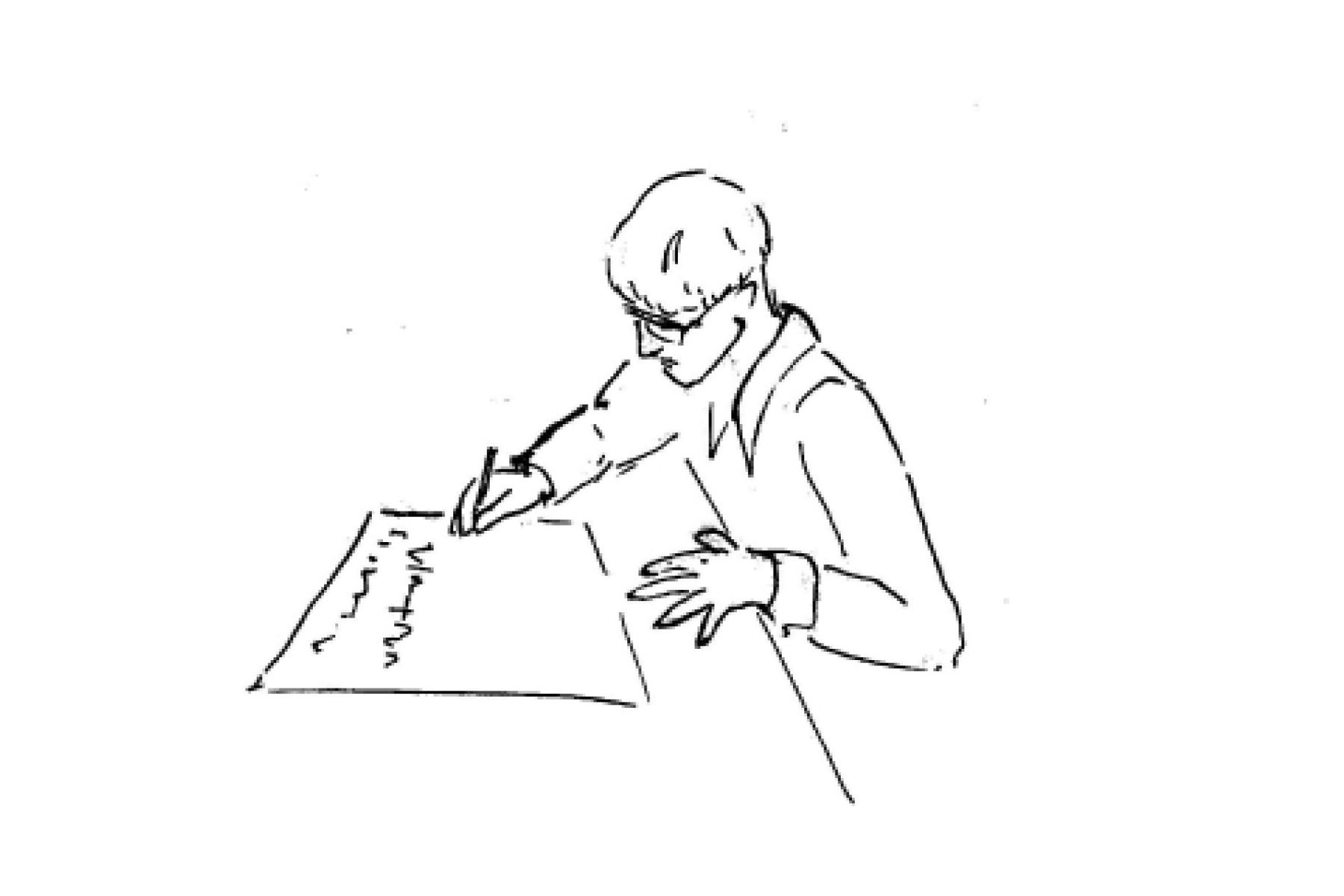
The Context
Before problem can be solved, first it must be thoroughly understood. And what better way to do so than through pictures? Especially pictures that don’t even have to look good? When in doubt, draw it out. Anytime you have to grapple with complex problems, big decisions and projects with lots of moving parts, the question should become, what type of visual can help you understand this thing better? Because in most cases, it’s helpful to get everything out on paper, see all the parts, and learn how they interact with each other to achieve a purpose.
The Tool
Papering
PAPERING — Contextualizing your problems in the larger ecosystem to see the structures that underlie complete situations
What's wonderful about this kind of drawing is, it taps into different senses and a different part of your brain, which override some of the negative mental modes and habits that typically hold you back. What’s more, when you draw out the problem, the gaps stand out. Thanks to visualization and contextualization, opportunities make themselves more apparent. It almost feels like magic. You’re struggling with some difficult personal issue in your life, and after twenty minutes of visually dumping it out on paper, elements start to shuffle themselves organically into patterns. You realize what your real problem is, and maybe even how to solve it. Even if you’re more of a verbal person, that doesn’t mean you can’t leverage the visual. Anytime you’re able to contextualize your problems in the larger ecosystem and see the structures that underlie complete situations, you’re one step closer to a solution. How are you using visual thinking to solve problems by respecting their context? Don’t just sit in bed thinking. Get up and go think on paper. This kinesthetic process allows you to notice patterns, structures, questions and assumptions connected to your idea that were previously unavailable to an unmoving mind. What’s more, the simple act of experiencing your idea three-dimensionally moves you lightyears beyond where your brain could have taken it unassisted.

Scott's Take
From an artistic perspective, drawing was a medium that was always hard for me. Illustrating gave me anxiety, drained my patience, looked terrible and never provided the satisfaction that other creative activities like writing, composing and performing did. True story, during my first and only after school cartooning class, my sixth grade art teacher pulled me aside and said that tracing images from famous newspaper comic strips and simply renaming the characters was technically illegal. Whoops. Guess there goes my career aspiration as a famous draftsman. Better to stick to words. And yet, despite my aversion to drawing as an art form, there is still a part me that finds visual thinking deeply satisfying.
The Rest
Whether your capture device is actual paper like a journal, or a whiteboard, sketchbook, audio recorder or video camera, just get it down. Puke it out. Otherwise your thoughts are going to find a home in your body. And there’s no way you’re going to get any sleep when that happens. What is rising up from within your depths?
The Benefits
Quickly unpack complicated ideas, decisions and projects
Tap into different parts of your brain to override negative habits
Identify creative opportunities faster and more organically
Understand how all the parts of your situation interact with each other to achieve a purpose